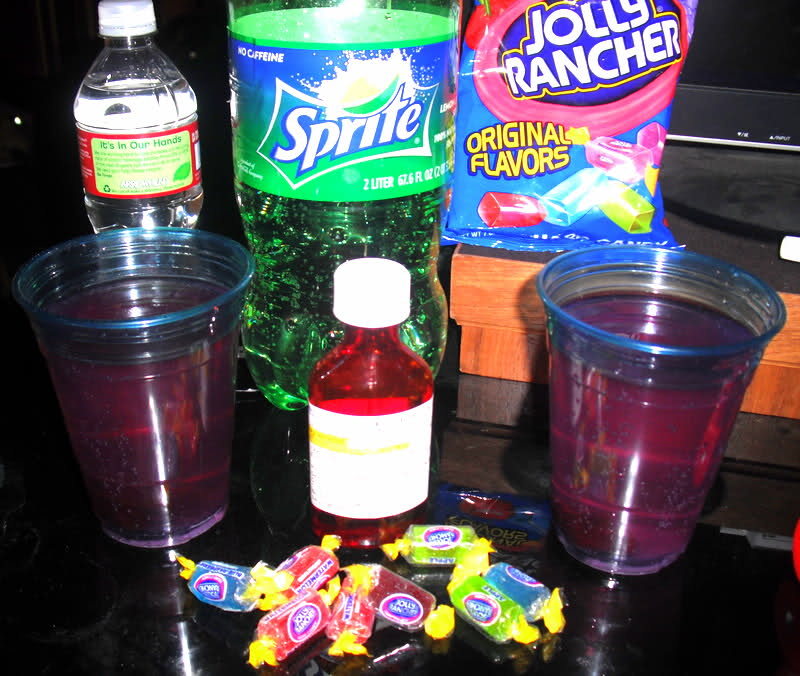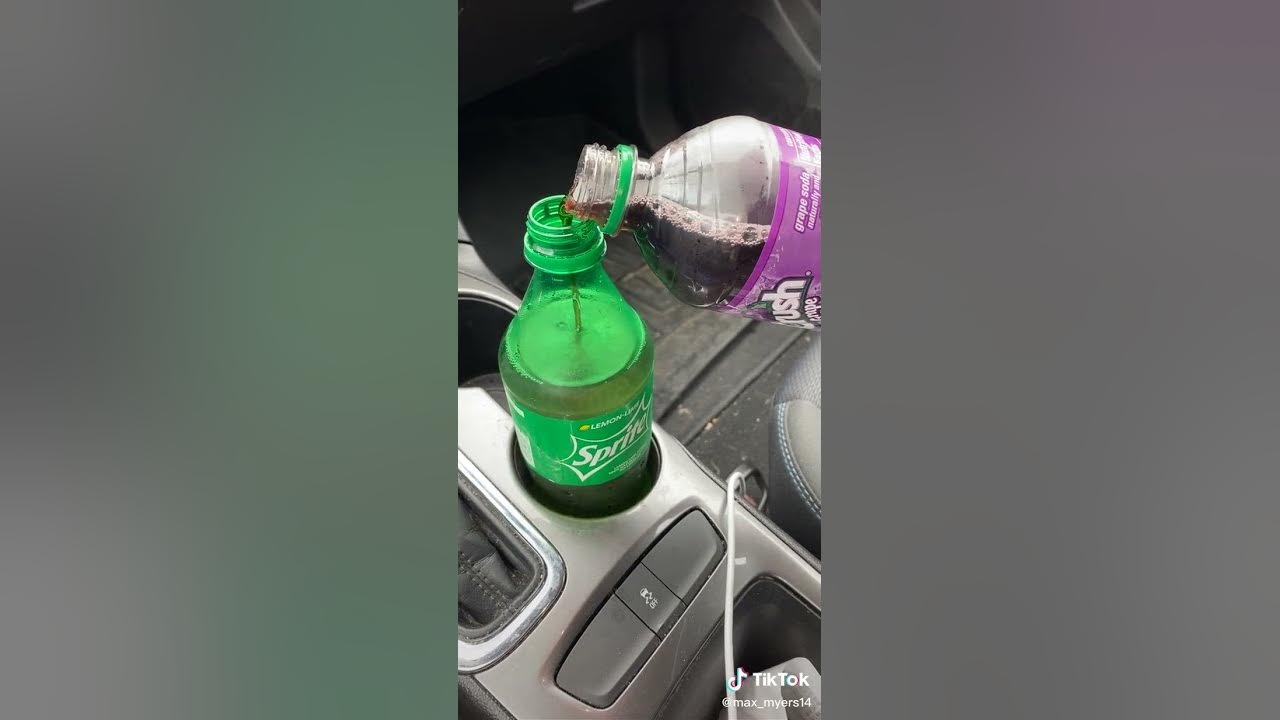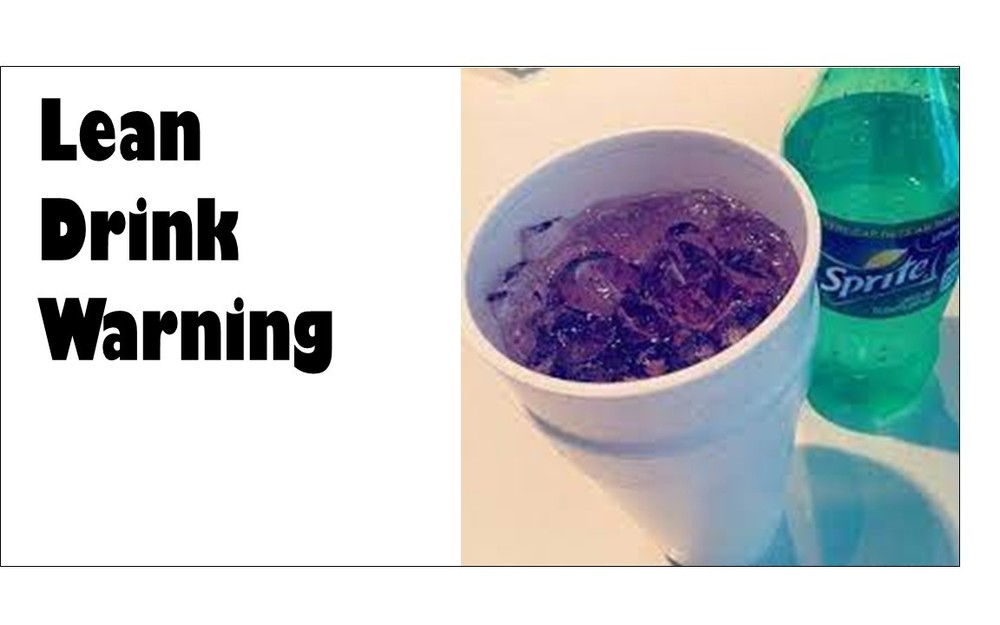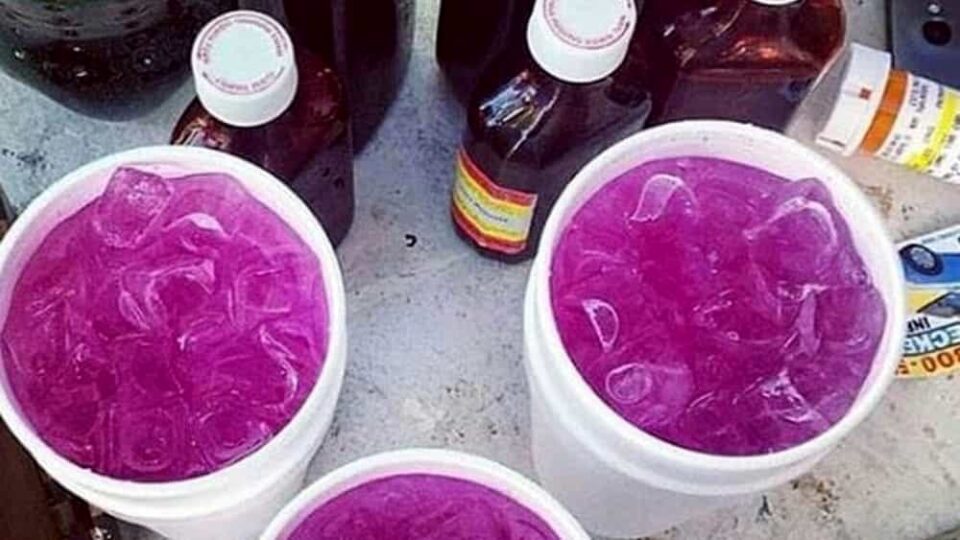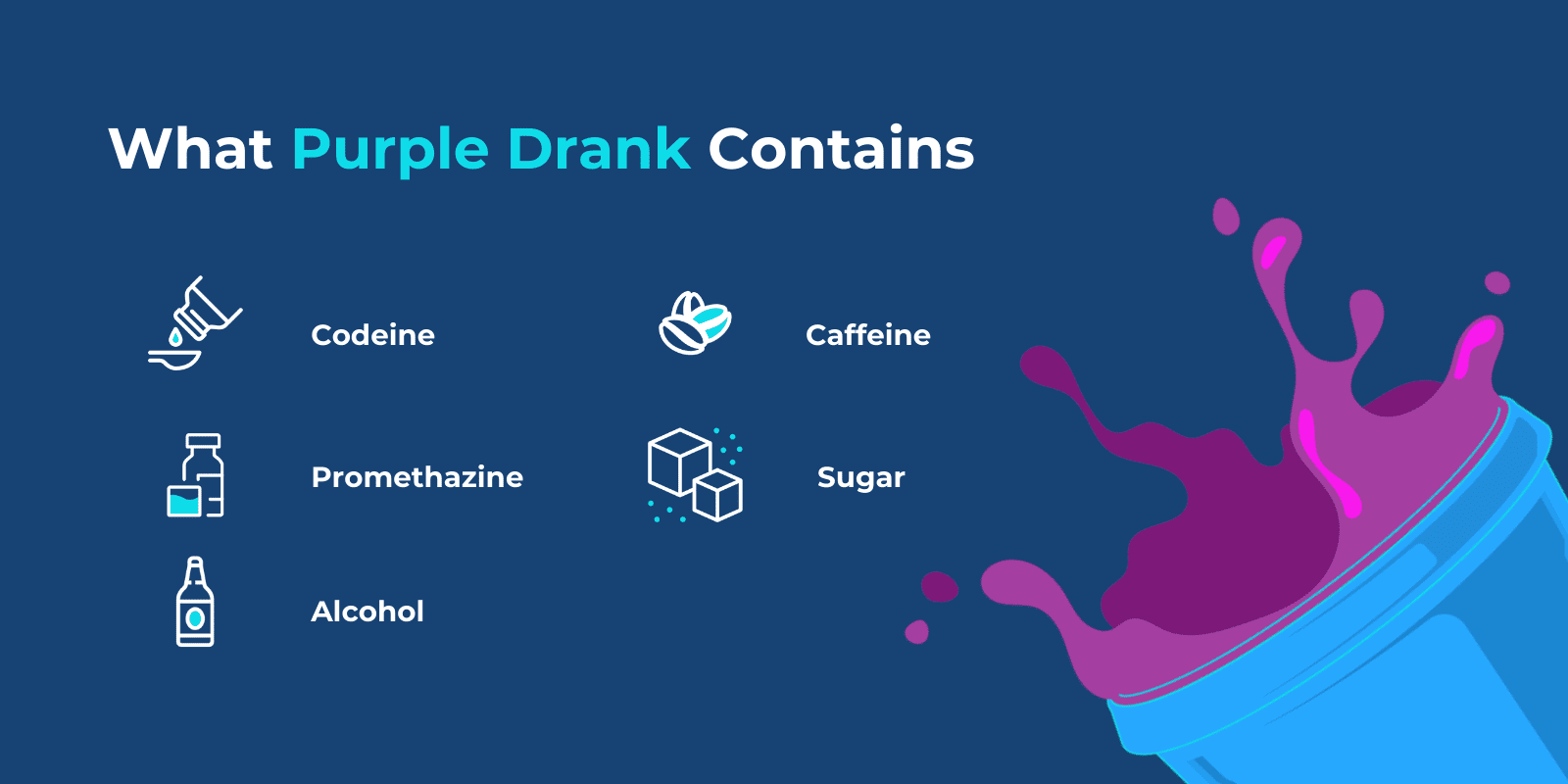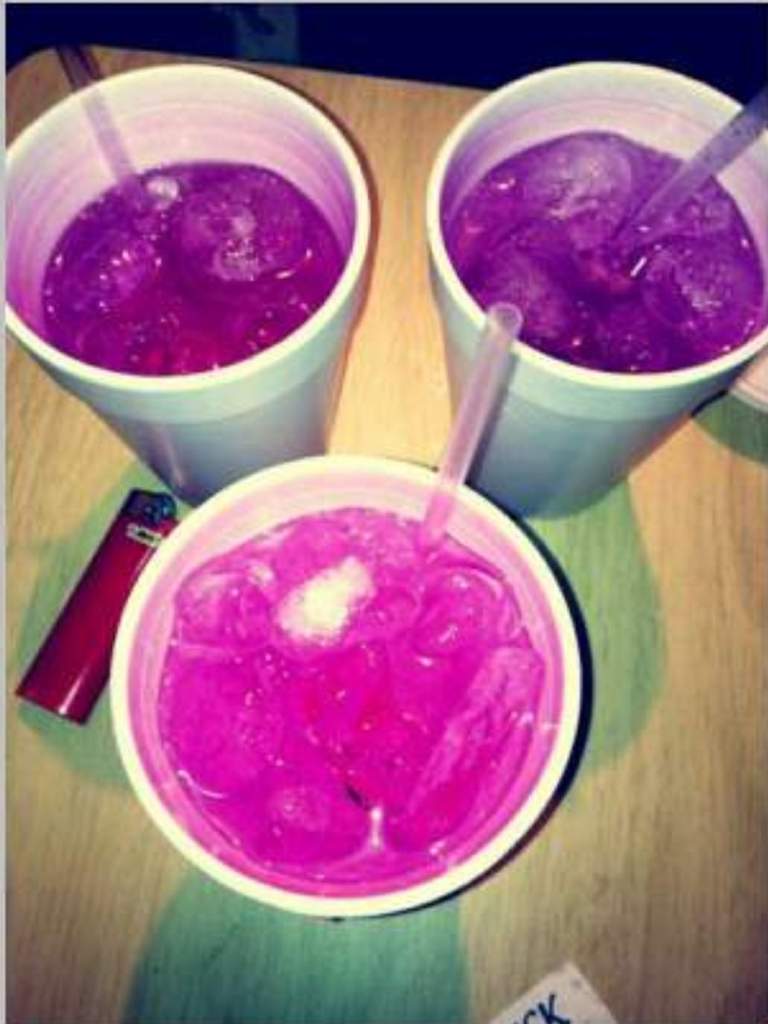How To Make Fake Purple Lean

The allure of "lean," a concoction celebrated in some circles of popular culture, masks a deadly reality. This drink, traditionally a mixture of prescription-strength cough syrup containing codeine or promethazine and a soft drink, has led to countless hospitalizations and deaths. The deceptive ease with which imitations can be created online further compounds the danger, putting vulnerable individuals at severe risk.
This article explores the misleading landscape of online tutorials offering recipes for *fake lean*. It will analyze the potential consequences, providing information gleaned from medical professionals and law enforcement, and highlight the importance of understanding the risks associated with any substance misuse.
The Illusion of Safety: Recreating a Dangerous Trend
The internet has become a breeding ground for information, both accurate and dangerously misleading. A quick search reveals numerous websites and social media accounts detailing how to make *fake lean* using readily available ingredients. These recipes often substitute prescription-strength cough syrup with over-the-counter alternatives or even completely unrelated substances, aiming to replicate the drink's signature purple color and supposed effects.
However, these concoctions are anything but safe. Medical professionals warn that combining various over-the-counter medications, even in seemingly small doses, can have unpredictable and potentially fatal consequences.
Common "Recipes" and Their Dangers
Many online tutorials suggest mixing over-the-counter cough suppressants containing dextromethorphan (DXM) with antihistamines. Others recommend using flavored syrups, food coloring, and soda to mimic the color and sweetness of authentic lean.
The danger lies in the lack of precise measurements and the potential for dangerous interactions between these substances. DXM, when taken in excessive doses, can cause hallucinations, dissociation, and even respiratory depression. Combining it with antihistamines, which also have sedative effects, can amplify these risks.
Dr. Emily Carter, an emergency medicine physician at the University of California, San Francisco, stated, "The allure of recreating lean is often driven by a misunderstanding of its true dangers. People may think they're avoiding the risks associated with prescription medications by using over-the-counter alternatives, but they're simply trading one set of dangers for another, equally unpredictable set."
Law Enforcement and the Fight Against Counterfeit Substances
Law enforcement agencies are struggling to combat the spread of *fake lean* due to the ease with which it can be manufactured and distributed. The lack of regulation surrounding the ingredients used in these imitations makes it difficult to track and control their production.
Furthermore, the focus on prescription drug abuse often overshadows the dangers of over-the-counter medication misuse. This makes it challenging to raise awareness about the risks associated with *fake lean* among younger populations.
According to a statement from the Drug Enforcement Administration (DEA), "We are actively monitoring the situation and working to identify and dismantle networks involved in the production and distribution of counterfeit substances. However, education and awareness are crucial to preventing individuals from experimenting with these dangerous concoctions."
The Psychological and Social Factors
The appeal of *fake lean* is often rooted in social trends and the desire to emulate behaviors seen in popular culture. The glamorization of drug use in music and entertainment can normalize risky behaviors, particularly among young people seeking to fit in or experiment.
Furthermore, underlying mental health issues such as anxiety and depression can contribute to substance misuse. Individuals may turn to *fake lean* as a form of self-medication, seeking temporary relief from their emotional distress.
Addressing the root causes of substance misuse, such as mental health issues and social pressures, is essential to preventing the spread of *fake lean* and other dangerous trends. Providing access to mental health services and promoting healthy coping mechanisms can help individuals make informed decisions about their well-being.
The Path Forward: Education and Prevention
Combating the rise of *fake lean* requires a multi-faceted approach that includes education, prevention, and law enforcement efforts. Schools, communities, and families must work together to raise awareness about the dangers of substance misuse and promote healthy lifestyles.
It's imperative to educate young people about the risks associated with experimenting with *fake lean*, emphasizing that over-the-counter medications can be just as dangerous as prescription drugs when misused. Open communication and honest conversations about substance abuse can help prevent individuals from making harmful choices.
Moreover, healthcare professionals play a crucial role in identifying and treating individuals struggling with substance misuse. By providing comprehensive care and support, they can help individuals overcome addiction and lead healthy, fulfilling lives.
The misinformation is rampant, and the potential for harm is immense. Awareness is our strongest tool.
Ultimately, understanding that there's no safe way to replicate *lean* is paramount. The imitation is just as dangerous, if not more so, than the original. Choosing health and well-being over a fleeting, potentially fatal trend is the only responsible path.

